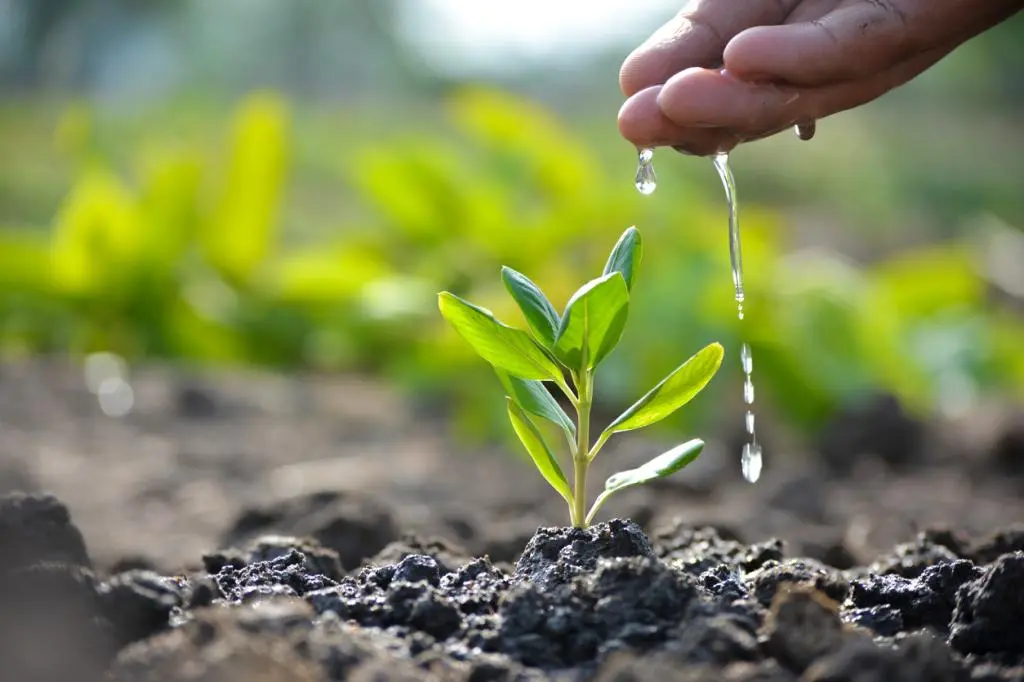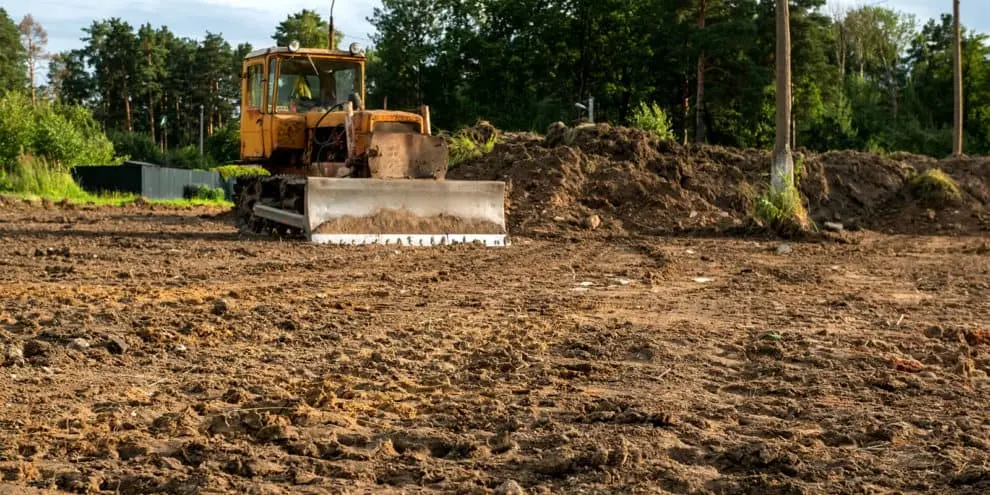Healthy Trees, Happy Home: Importance of Tree Trimming
Tree pruning is a crucial procedure for preserving trees' beauty and health. It involves removing diseased, damaged, or overgrown branches to promote growth and prevent safety hazards. This process is vital for urban trees, as it helps them withstand environmental stressors and enhances their beauty.
Tree trimming is essential for several reasons. Firstly, it improves the overall health of trees by removing dead or dying branches, which can harbor pests and diseases. This practice also promotes air circulation and sunlight penetration, which is crucial for photosynthesis and tree growth. Additionally, tree trimming helps maintain the tree's shape and size, preventing it from becoming a safety hazard by reducing the risk of falling branches.
The benefits of tree trimming are numerous. Besides improving the health and appearance of trees, regular trimming can increase property value by enhancing curb appeal. Additionally, cut trees are less likely to sustain damage during storms, lowering the possibility of personal and property damage. Moreover, tree trimming can improve the view and allow more light to reach gardens and other plants, promoting their growth.
Regular tree trimming, which removes dead or diseased branches, enhances tree health. This practice improves trees' appearance and promotes new growth and structural integrity.
Trimming these branches improves the tree's overall health, as it can focus its resources on healthy growth rather than fighting off pests and diseases.
Another benefit of tree trimming is promoting new growth. Removing old or overgrown branches encourages the tree to produce new, healthy development, which can help rejuvenate the tree and improve its overall appearance.
Tree trimming also enhances structural integrity. Eliminating branches crossing or rubbing against one another decreases the possibility of branches breaking and causing harm. Trimming also helps shape the tree, ensuring that it grows structurally sound.
Tree trimming is essential for enhancing tree health. Pruning trees increases their lifespan and vitality by thinning out unhealthy or dead branches, promoting new growth, and fortifying the trunk. Regular tree trimming should be part of every property owner's maintenance routine to keep trees healthy and beautiful.

Aesthetic appeal is an essential aspect of tree trimming, as it involves shaping and contouring trees to enhance their visual appeal. This practice improves the overall look of trees and enhances landscape design and property value.
Shaping and contouring trees can create a more pleasing and harmonious appearance in outdoor spaces. Property owners can create a more balanced and visually appealing landscape by carefully trimming branches and shaping trees.
Another benefit of tree trimming is enhancing landscape design. Well-maintained trees can complement other elements in the landscape, such as flower beds, walkways, and buildings. Property owners can create a more cohesive and attractive outdoor space by shaping trees to fit the overall design aesthetic.
Tree trimming can improve aesthetics and enhance property value. A well-maintained landscape, including trimmed trees, can significantly increase a property's value. Properly trimmed and shaped trees are assets, as they can enhance a property's overall appearance and appeal.
Aesthetic appeal is an essential aspect of tree trimming. Tree contouring and shaping can improve landscape design, boost property value, and improve the visual appeal of outdoor areas for property owners. Regular tree trimming should be part of every property owner's maintenance routine to ensure their trees are healthy and aesthetically pleasing.
Safety and risk mitigation are critical aspects of tree trimming, as they help prevent hazardous branches from falling and reduce the risk of property damage and injury. By regularly trimming trees, property owners can ensure the safety of their surroundings and minimize potential risks.
A crucial benefit of tree trimming is preventing hazardous branches from falling. Dead or overgrown branches can pose a significant risk, especially during storms or strong winds. By identifying and removing these branches early on, property owners can prevent them from falling and causing damage to property or injuring people.
Additionally, tree trimming helps reduce the risk of property damage and injury. If overgrown branches fall, they can potentially damage roofs, windows, and other structures on a property. Property owners can reduce the likelihood of such damage by trimming these branches. Furthermore, trimming trees near pathways, driveways, and other high-traffic areas can help prevent injuries caused by falling branches.
Safety and risk mitigation are essential reasons for tree trimming. Property owners may guarantee the safety of their surroundings by keeping potentially dangerous branches from falling and lowering the possibility of harm and property damage. Regular tree trimming should be part of every property owner's maintenance routine to minimize risks and provide a safe environment.
Sunlight and air circulation play a crucial role in the health of trees and surrounding plants. Tree trimming effectively improves sunlight exposure and enhances airflow, which can help reduce disease and pest infestation.
Improving sunlight exposure is essential for growing and developing trees and other plants. Property owners can ensure that trees receive an adequate amount by trimming branches that block sunlight. This not only promotes healthy growth but also improves the overall health of the tree.
Another benefit of tree trimming is enhancing airflow. Dense, overgrown trees can restrict airflow, creating a favorable environment for disease and pest infestation. Tree owners can lessen the chance of these infections by pruning branches to improve ventilation. Improved airflow also helps trees and plants transpire more effectively, benefiting their health.
Sunlight exposure and airflow are crucial for the health of trees and surrounding plants. Tree trimming effectively improves both factors, allowing for better sunlight exposure and enhancing airflow. Property owners should consider regular tree trimming as part of their maintenance routine to ensure their trees' and plants' health and vitality.
Tree trimming significantly stimulates fruit production and improves fruit quality, ultimately ensuring healthier and more productive trees. By strategically trimming trees, property owners can enhance their fruit trees' overall health and increase the fruit's yield and quality.
One way tree trimming stimulates fruit production is by removing excess branches. As a result, the tree can concentrate its efforts on bearing fruit instead of promoting unneeded development. Fruit development depends on improved air circulation and sunshine penetration, both of which are facilitated by trimming.
Another benefit of tree trimming is improving fruit quality. By removing diseased or damaged branches, property owners can prevent these issues from affecting the quality of the fruit. Trimming can also help shape the tree, ensuring the fruit receives adequate sunlight and nutrients for optimal growth and flavor.
The ultimate goal of tree trimming is to ensure healthier and more productive trees. Property owners can reduce the risk of disease and pest infestation by regularly trimming trees, which can significantly impact fruit production.
Tree trimming is essential for stimulating fruit production and improving quality. By ensuring healthier and more productive trees, property owners can enjoy a bountiful harvest of high-quality fruit. Regular tree trimming should be part of every tree owner's maintenance routine to maximize fruit yield and quality.
Tree trimming offers several environmental benefits, including contributing to cleaner air, lowering the carbon footprint, and supporting biodiversity and ecosystem health. These benefits make tree trimming not just a practice for aesthetics but also for environmental conservation.
One key environmental benefit of tree trimming is its contribution to cleaner air. By pruning critical trees, property owners can ensure they are in good health and can continue providing this service.
Additionally, tree trimming helps lower the carbon footprint. Healthy trees absorb carbon dioxide during photosynthesis, helping offset the carbon emissions human activities produce. Property owners can enhance this carbon sequestration process by promoting trees' health through trimming and reducing their environmental impact.
Furthermore, tree trimming supports biodiversity and ecosystem health. Trees provide habitats for various wildlife, including birds, insects, and mammals. Property owners can help support these ecosystems and promote biodiversity by maintaining healthy trees through trimming.
Tree trimming offers several environmental benefits, including cleaner air, a lower carbon footprint, and support for biodiversity and ecosystem health. Property owners can contribute to environmental conservation by regularly trimming their trees and promoting their health.
FAQs
1. Why is tree trimming important?
It improves structural integrity, encourages new development, and aids with the removal of damaged or dead branches. Additionally, trimming trees can improve sunlight exposure and airflow, which is essential for tree health.
2. How often should I trim my trees?
The kind of tree, its age, and its pace of growth are some of the variables that affect how often trees need to be trimmed. As a general guideline, trees should be cut every 3 to 5 years to remove dead or overgrown branches and promote healthy growth.
3. Is tree trimming safe?
Tree pruning can be risky, mainly when dealing with significant or tall trees. You are choosing a professional tree trimming service, and it is advised to guarantee the task is completed securely and successfully. Expert tree trimmers possess the required tools and knowledge to prune trees correctly.
4. Will tree trimming harm my trees?
When done correctly, tree trimming should not harm your trees. Removing diseased or overgrown branches can promote the overall health of your trees.
5. What are the benefits of tree trimming for the environment?
Pruning trees has several positive effects on the environment, including air filtration through absorbing pollutants like carbon dioxide. Giving wildlife habitats also promotes biodiversity and the health of ecosystems while reducing carbon emissions.
Conclusion
In conclusion, tree trimming is crucial for maintaining tree health and beauty. Additionally, tree trimming improves sunlight exposure and airflow, which is essential for tree health.
Furthermore, tree trimming offers environmental benefits, such as contributing to cleaner air, lowering the carbon footprint, and supporting biodiversity and ecosystem health. Regular tree trimming should be part of every property owner's maintenance routine to ensure their trees are healthy and aesthetically pleasing.
If you want to trim your trees, consider hiring a professional tree-trimming service to ensure the job is done safely and effectively. By investing in tree trimming, you can improve the health and appearance of your trees, enhance your property's curb appeal, and contribute to environmental conservation.
Take action today to schedule a tree trimming service and reap the benefits of healthy, beautiful trees for years. Your trees will thank you.




